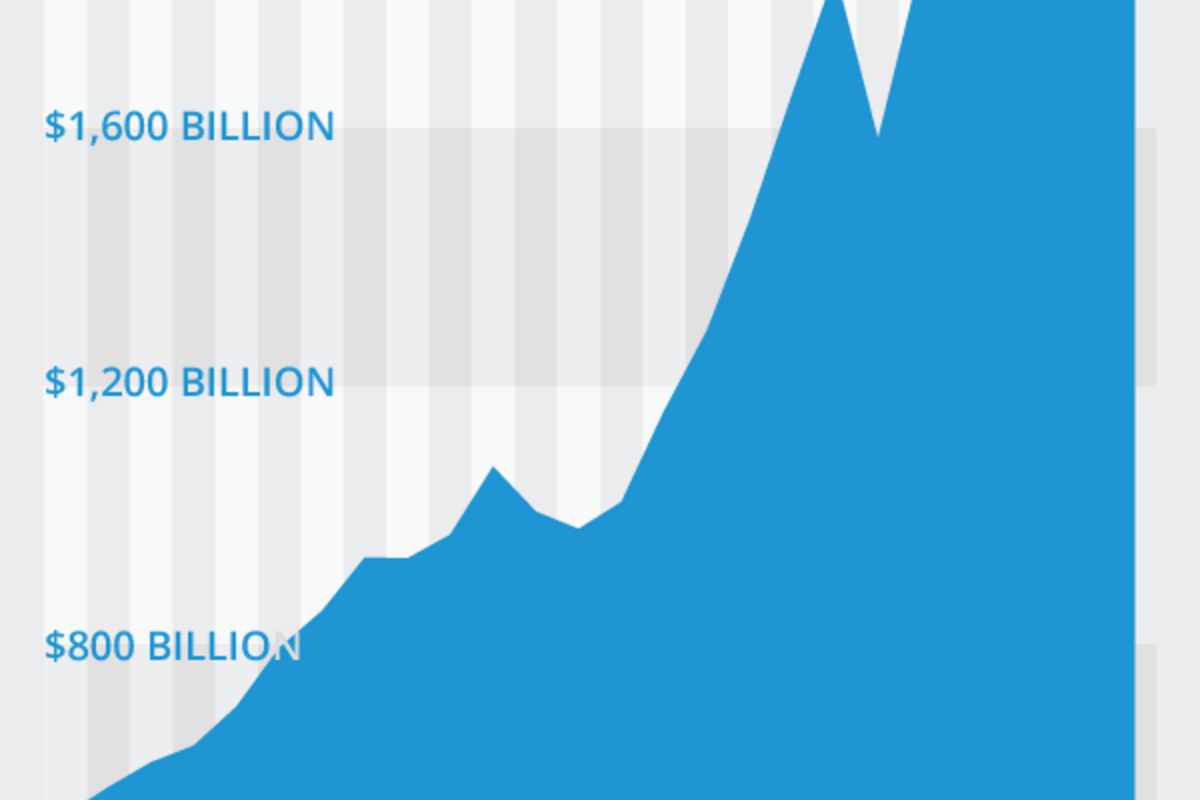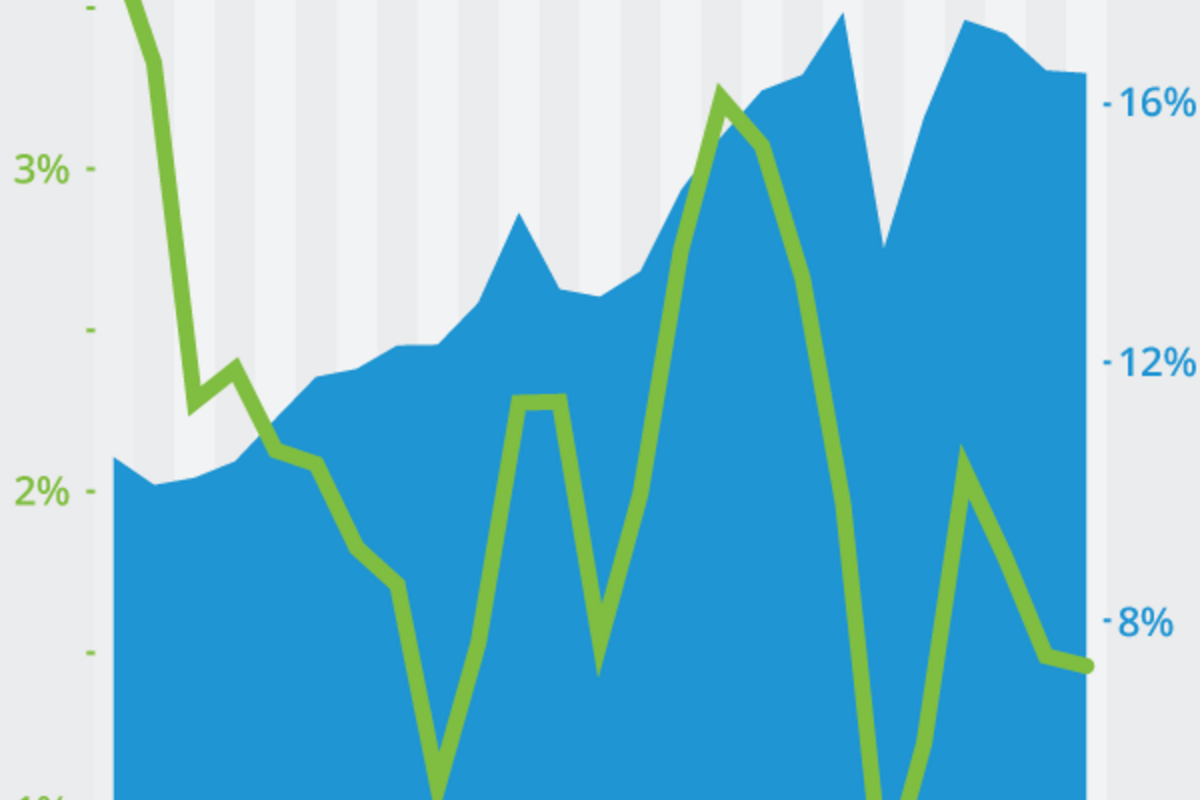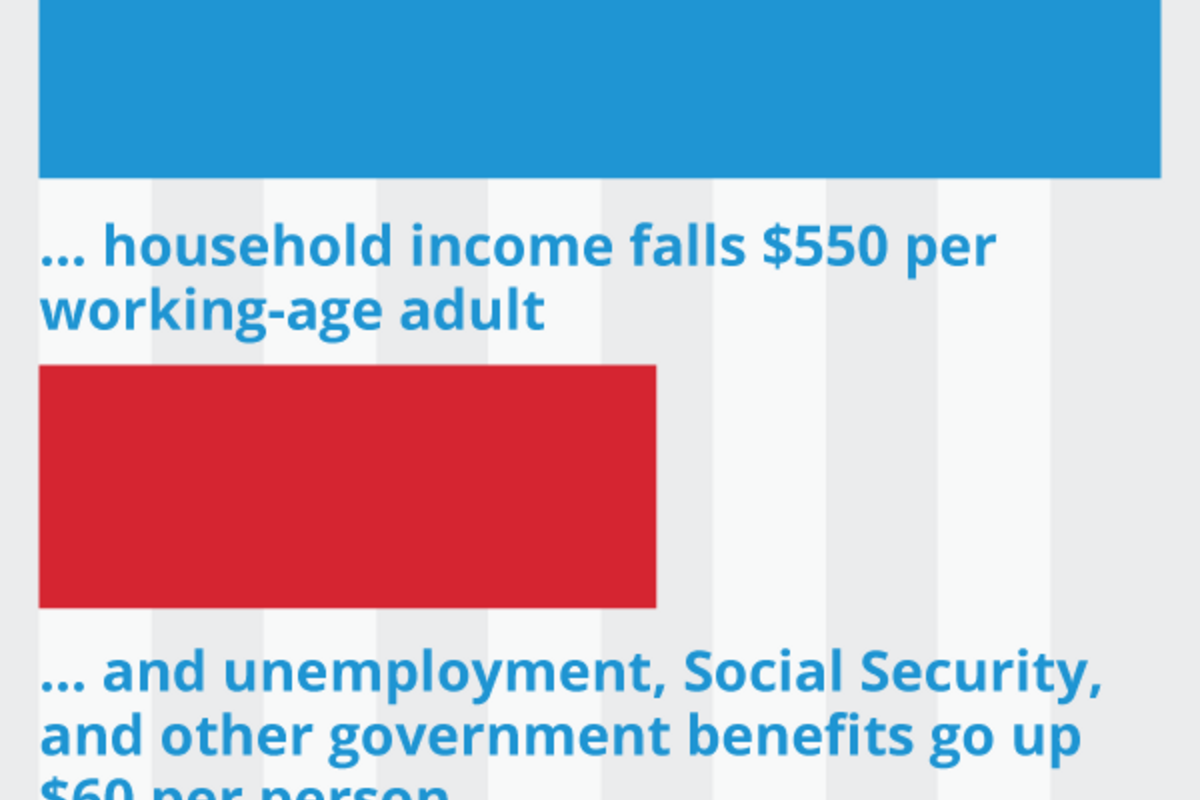The pros and cons of trade in five charts
Trade is older than the Republic, from the Boston Tea Party and the bales of cotton that drove the South’s economy.
But the past quarter century has seen an acceleration in the cross-border flow of goods and services. For US workers buffeted by foreign competition, the pace of change has been dizzying.
And destructive, critics point out. For many workers, the loss of jobs and income has lasted far longer than anyone would have expected. What these criticisms overlook is that automation has destroyed more jobs than trade. And trade benefits all of society through more varied and cheaper goods.
“When you ask who benefits [from trade], the answer is everyone benefits,” says Ron Kirk, who served as US trade representative in President Obama’s first-term cabinet. “Our challenge is that the benefits are so diffuse and we all take this for granted. It you happen to be in a community where a business falls because they lost out to a competitor, the pain is so intense.”
Here’s how the trade picture looks:
Imports have grown dramatically, of course, but US exports of goods and services have quadrupled in the past quarter century, creating new American jobs.
Imports create competition, so domestic producers can't raise their prices as much as they would like. Consumer price inflation is held in check.
If you want to see the benefits of trade, head to China. Since 2000, hundreds of millions of Chinese workers have escaped poverty because they were able to get better-paying factory jobs making goods for the rest of the world. And it's not just Chinese workers who have benefited.
But there's a downside to trade. When low-cost imports surge into regions that make goods that compete with those imports, workers lose. Sometimes, they don't get raises that they otherwise might get. Sometimes, they lose their jobs outright. When that happens, government steps in with unemployment and other benefits.
And the rest of us? We benefit from lower prices and better goods. Some things, like clothing, are actually cheaper than they used to be.
President Obama put the everyday benefits of freer trade this way in an interview in June:
"We take for granted that we can get a flat screen TV really cheap, or that we get clothes that fit better and last longer than when I was a kid. You walk into J.Crew or the Gap, and it’s a great improvement. I try to tell my kids, 'You guys look a lot sharper than I did when I was your age, because we went to Sears, and it wasn’t working the same way.' ”










